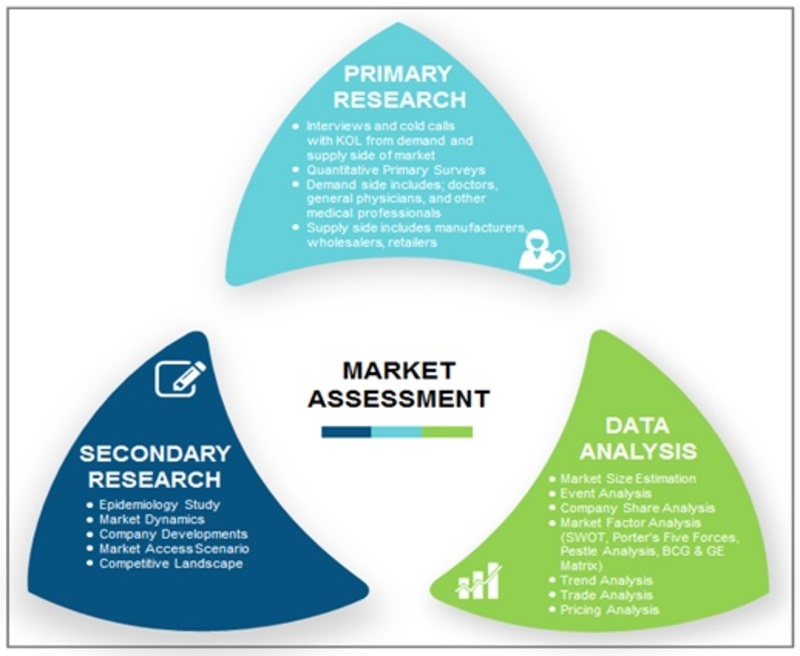What Are The Distinctions And Similarities In Between SMILE Eye Surgery And LASIK And PRK?
What Are The Distinctions And Similarities In Between SMILE Eye Surgery And LASIK And PRK?
Blog Article
Content By-Munksgaard Osborne
If you have actually been considering SMILE eye surgical treatment, you could question how it compares to LASIK and PRK. Each treatment has its very own collection of benefits and factors to consider. From https://www.nature.com/articles/srep19516 to prospective risks, there are vital differences you need to understand before choosing. Comprehending which lens for cataract surgery will assist you make an informed option that lines up with your specific needs and assumptions. Interested to know even more concerning how these procedures compare in detail? Continue checking out to obtain a detailed understanding of SMILE, LASIK, and PRK.
SMILE Eye Surgical Procedure Review
If you're taking into consideration SMILE eye surgery, you'll discover it to be a minimally invasive procedure with a fast recuperation time. Throughout https://milopkfyt.theobloggers.com/32576916/discover-the-realm-of-laser-eye-surgical-procedure-to-drastically-boost-your-vision-and-transform-your-life (Small Laceration Lenticule Extraction), a laser is made use of to create a little, exact laceration in the cornea to eliminate a tiny piece of tissue, reshaping it to fix your vision. This varies from LASIK, where a flap is produced, and PRK, where the external layer of the cornea is totally removed.
One of the crucial benefits of SMILE is its minimally invasive nature, resulting in a faster healing process and much less pain post-surgery. The recovery time for SMILE is relatively quick, with many individuals experiencing improved vision within a day or 2. This makes it a preferred option for those seeking a practical and effective vision adjustment procedure. In addition, SMILE has been revealed to have a lower risk of completely dry eye syndrome contrasted to LASIK, making it a favorable option for individuals concerned about this potential adverse effects.
Differences Between SMILE, LASIK, and PRK
When comparing SMILE, LASIK, and PRK eye surgeries, it is necessary to recognize the distinctive techniques used in each procedure for vision modification.
SMILE (Little Cut Lenticule Removal) is a minimally invasive treatment that includes producing a tiny laceration to remove a lenticule from the cornea, reshaping it to fix vision.
LASIK (Laser-Assisted Sitting Keratomileusis) entails developing a thin flap on the cornea, making use of a laser to reshape the underlying tissue, and afterwards rearranging the flap.
PRK (Photorefractive Keratectomy) removes the external layer of the cornea before improving the tissue with a laser.
The primary distinction depends on the means the cornea is accessed and treated. SMILE is flapless, making it an excellent option for people with slim corneas or those involved in get in touch with sports. LASIK uses quick visual recuperation because of the flap creation, however it might pose a higher risk of flap-related complications. PRK, although having a much longer recuperation duration, avoids flap-related concerns altogether.
Recognizing these differences is vital in selecting the most appropriate treatment for your vision correction needs.
Pros and Cons Comparison
To review the advantages and disadvantages of SMILE, LASIK, and PRK eye surgical treatments, it's necessary to think about the particular benefits and potential constraints of each procedure. SMILE surgical treatment provides the benefit of a minimally intrusive treatment, with a smaller sized incision and potentially quicker healing time contrasted to LASIK and PRK. It likewise decreases the danger of completely dry eye post-surgery, a common negative effects of LASIK. Nonetheless, SMILE may have restrictions in treating greater degrees of nearsightedness or astigmatism compared to LASIK.
LASIK surgery offers rapid visual recuperation and marginal discomfort throughout the treatment. It's extremely efficient in treating a large range of refractive mistakes, including myopia, hyperopia, and astigmatism. Yet, LASIK brings a danger of flap problems, which can affect the corneal framework.
PRK eye surgical treatment, while not as popular as LASIK, prevents producing a corneal flap, reducing the risk of flap-related issues. It appropriates for patients with thin corneas or uneven corneal surfaces. Nevertheless, PRK has a much longer recovery time and might involve a lot more pain during the healing procedure.
Final thought
So, when it involves choosing between SMILE, LASIK, and PRK, think of it like choosing the ideal set of footwear. SMILE resembles a sleek, comfy pair of tennis shoes - fast and easy.
LASIK is much more like fashionable high heels - showy and fast, however with some potential dangers.
PRK is like tough treking boots - trustworthy and long lasting, however requiring a little bit even more time and effort.
Eventually, the most effective selection depends on your specific requirements and preferences.
